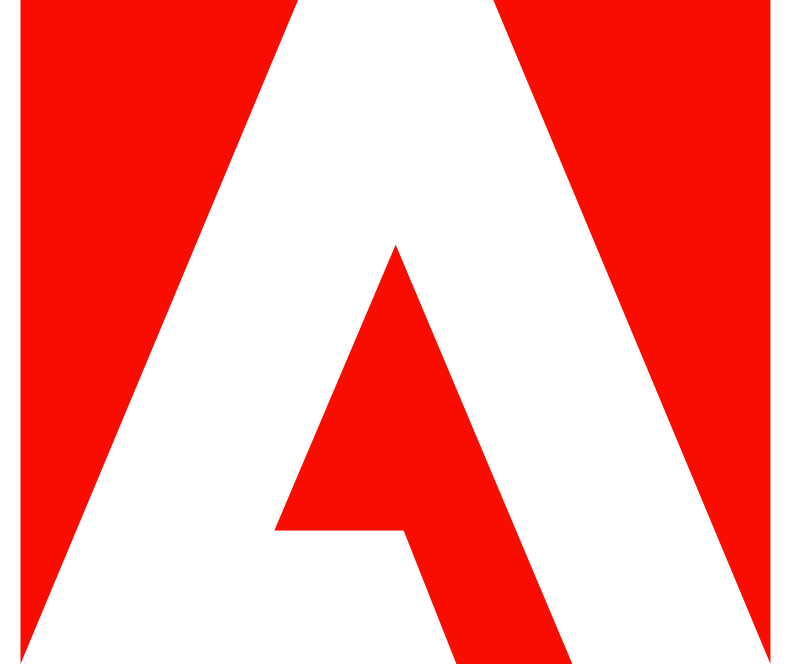Generative Design
Generative design involves using computer software to generate a design that meets specific requirements. You define your goals and constraints, and then allow the algorithm to find a solution. This process can yield not just one solution, but many – potentially thousands – of solutions, all of which meet the specified criteria. From these design options, you can select the optimal design that best meets your most important criteria.
Benefits over traditional methods. Generative design is primarily used in the manufacturing and AEC (Architecture, Engineering, and Construction) industries. Traditionally, when an architect or engineer approaches a design problem, they formulate a solution in their mind and then transcribe that idea into points, lines, and surfaces in a CAD (Computer-Aided Design) tool. With generative design, designers co-create with the technology, setting the goals and choosing the constraints. The software then determines the most optimized way of achieving those goals. The benefits include reductions in costs, development time, and material consumption. Traditional manufacturing methods often require large production runs to be profitable. However, with generative design, combined with the emergence of new manufacturing methods like 3D printing, it’s possible to profitably produce small batches, even a single unit.
Generative design workflow. The workflow for generative design typically involves the following steps:
- Create a generative model: This is the initial phase where you define the design space by creating a parametric model. This model includes all the variables that can be adjusted, such as dimensions, materials, and other design parameters.
- Define goals and constraints: In this step, you specify the objectives that the design should achieve and the constraints it must adhere to. Goals could be maximizing space utilization or optimizing energy efficiency, while constraints could include material properties, building codes and regulations, site conditions, or budget limitations. It’s important to note that the specific goals and constraints can vary greatly depending on the project.
- Evolve high performing designs: The software then generates a multitude of design options within the defined design space. Each design is evaluated based on the defined goals, and the best-performing designs are selected. This process is often iterative, with the software learning from each generation to improve the next. The end result is a set of high-performing designs that meet the specified goals and constraints.
Related software
Hektar
by Parametric SolutionsHektar is a web-based AI-powered tool designed to assist urban planners, architects, property developers, and municipalities in early-stage massing generation.
TestFit 5.5
by TestFit Inc.TestFit is a simple generative design and co-creation tool that allows you to quickly configure multi- and single-family development.
Autodesk Forma (November 2024 Release)
by AutodeskSpacemaker AIAutodesk Forma (formerly Spacemaker) is a web-based platform that uses AI to help architects, urban planners and developers make better decisions early in the design process.
unitize for Revit 1.1.0
by matterlabunitize for Revit is a free generative design tool that allows you to create residential feasibility studies in Revit using masses as base.
Generative Design for Revit 25.3.18
by AutodeskGenerative Design for Revit is an integral part of Revit and it allows you to generate design options based on your goals, constraints and inputs.
Project Refinery 0.62.2
by AutodeskProject Refinery, an Autodesk generative design beta for the AEC industry, allows users to explore, evaluate, and optimize their Dynamo designs.

Adobe Firefly (April 2024 Release)
by AdobeAdobe Firefly is an innovative collection of creative generative AI models that initially concentrates on generating images and text effects.
Fusion 360 V2.0.18950
by AutodeskFusion 360 is an Autodesk's cloud-based parametric 3D CAD, CAM and CAE manufacturing tool for collaborative product development.